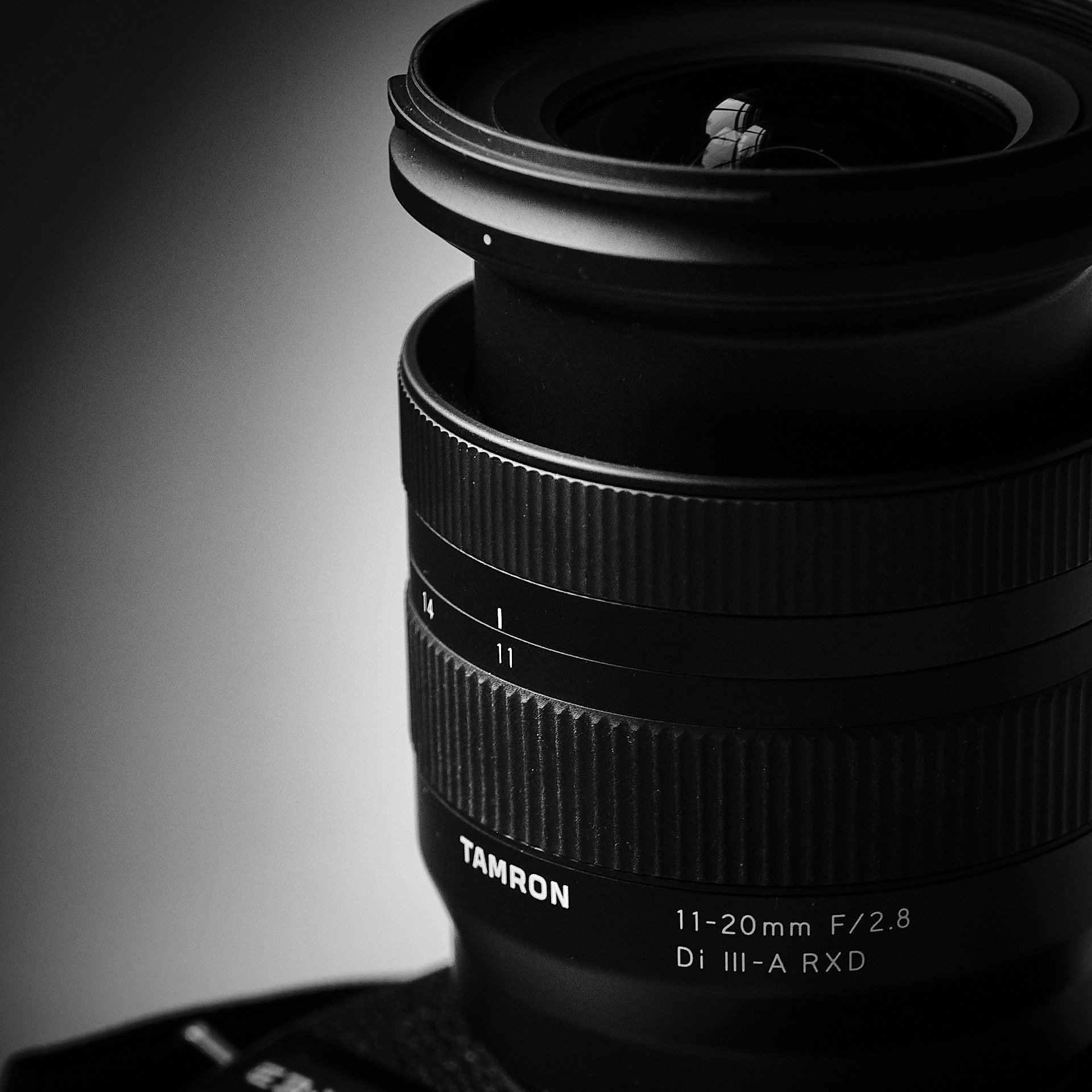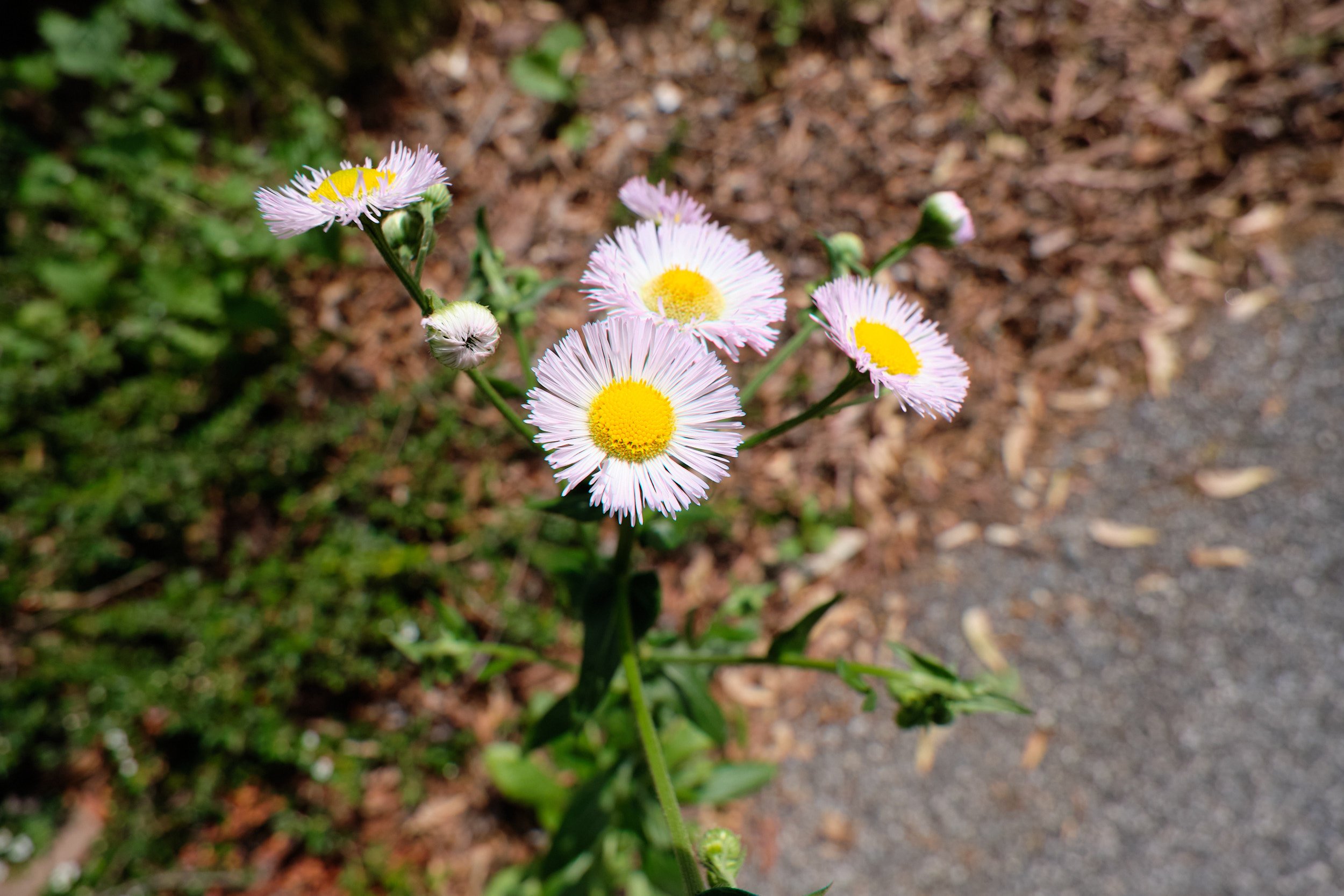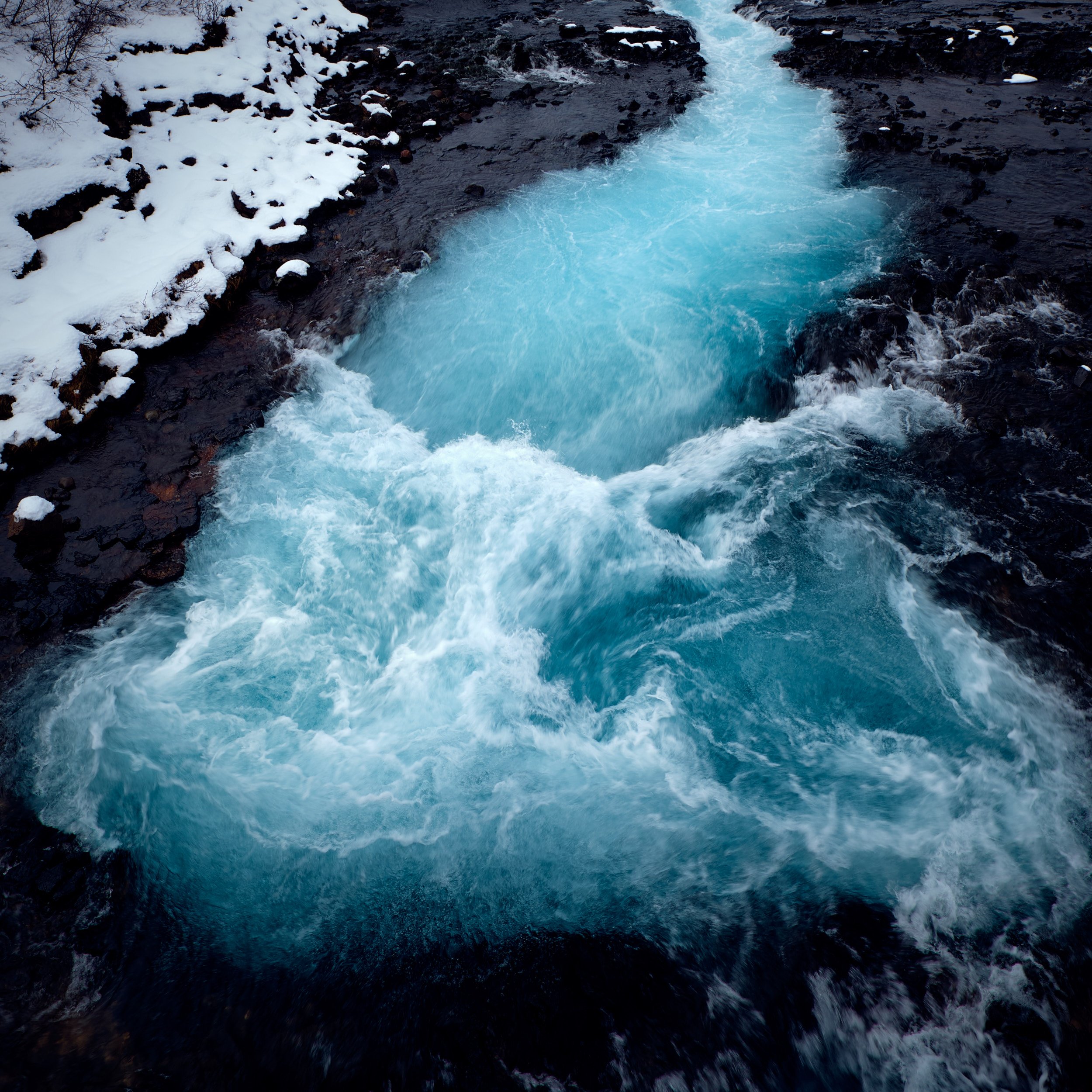Gear review: Tamron 11-20mm lens
Tamron 11-20mm @13mm, f/13
I got the Tamron (11-20mm f/2.8 Di III-A RXD to give its full name) shortly before the trip. My widest lens up til then had been the Fuji 14mm, and that 3mm makes a big difference at the wide end! The 14mm is very small and light and has excellent optical quality, but I needed something that was going to go wider and be more multi-purpose.
I’d previously rented the Fuji 10-20mm a couple of times and just never got on with it. I felt like the focusing wasn’t great, and I wasn’t bowled over by image quality (granted this was the older version). So I looked for other options that were going to give me a decent range, have decently fast aperture for night photography, and that were light weight. I was going to be using this on my Fujifilm X-H1 body which has image stabilization built in, or on a tripod, so I wasn’t worried about having stablization in the lens. Plus with a very wide angle it’s less of a factor in general. Having said that, I also used it on my second body, an X-E3, which doesn’t have IS, and in the conditions I was shooting in I didn’t find it an issue.
The Tamron launched a few months before the trip, so I picked one up to give it a try beforehand. Coincidentally Sigma launched a 10-18mm f/2.8 right after the Tamron, and the leader of our Iceland workshop, Andy Mumford, has been happy with it. For reasons I’ll describe below, I am personally fine with sticking with the Tamron.
This isn’t a technical review, just my thoughts on it based on my hands-on usage of it intensively during the trip (about 20% of my shots over 7+ days). But I haven’t yet used it in a wide variety of contexts. Over at B&H the Tamron gets high customer ratings, and Tamron must know this lens is in demand for Fuji as (at time of writing) they’re charging over $100 more compared to other mounts…
Build and Handling
In hand the 11-20 is more plasticky than the better Fuji lenses, but it feels solid enough, and is light for its angle of view and fast 2.8 aperture. It doesn’t feel fragile or rattle-y. The front element extends only about 20mm at widest angle. The lens isn’t overly front-heavy, so it doesn’t feel unbalanced on a smaller body like the X-E3. A small point, but Tamron’s lens caps snap on easily and stay on securely (while I regularly found the 16-55’s cap loose in my bag).
The zoom and focus rings are decently grippy and move smoothly with decent weighting. All worked fine wearing gloves. Manual focus is of the “infinite spin” focus-by-wire variety; Chris Niccolls at Petapixel described the manual focus as “sloppy”, which I don’t find the case at all with my sample. The focus ring feels almost identical to that on the 16-55, and works well with Fuji’s focus peaking.
Speaking of the zoom ring, this was a major factor in not considering the Sigma. Sigma’s zoom rings rotate the opposite way I’m used to (from Fuji, and Pentax prior to that): My muscle memory is to twist counter-clockwise to go wider (as seen from behind the viewfinder), while Sigma’s go clockwise. Some people have no issue mixing that, but for me it’s a deal breaker if I’m switching between lenses; it’s just a speed-bump that interrupts my flow.
While the Tamron is not weather-proofed, in Iceland I subjected it to freezing temperatures, driving rain and snow, photographing near waterfalls, condensation after getting in the van after being outside, and it held up just fine.
There is no aperture ring, and for me it did take some getting used to using the front control dial on the camera grip to adjust aperture (the Sigma and many 3rd party lenses are the same). I eventually got OK at it, but it’s not my favorite.
The Tamron can also focus extremely close, especially at widest zoom where the front lens element can almost touch the subject. In a pinch it can make a half way decent macro lens. However, when using that widest angle to get close you’re almost certain to cast a shadow on your subject, and it does create smearing and distortion at the edges. In practice, you’re better off being a little further back and using the 20mm focal length - not quite as close but optically better. Comparison shots (I positioned myself not to cast a shadow), click to enlarge:
Color Quality
With my Fuji cameras I’ve only used Fuji lenses until now, and they are very good at producing consistent color and contrast across models. A potential issue with mingling a 3rd party lens into the bag is that there can be subtly different warmer or cooler color casts. This can easily be adjusted in post, but it means a different treatment for images from a specific lens, which makes going through large quantities of images and using presets more difficult. With the Tamron I see no difference compared to my Fuji lenses.
Sharpness and Detail
I’ve been happy with the sharpness and detail from the Tamron, especially when stopped down. When going through my images, the Tamron ones certainly didn’t jump out as being deficient compared to, say, the considerably more expensive Fuji 16-55. I could make adjustments and apply sharpening in exactly the same way.
There can be some smearing at the corners when at f/2.8 but it largely disappears at f/4 and is gone at 5.6. In Iceland I was typically shooting at f/8 or more in order to get necessary depth of field, so it was a non-issue.
Keep in mind that both my cameras have older sensors that are 24MP, so not as high resolution as newer sensors. But if a lens is smeary at the corners, that’s still going to show up even with a lower resolution sensor.
I use Capture One Pro for post-processing, and it does a great job of resolving natural-looking detail from Fuji’s tricky sensor, so that helps. When shooting JPEG on the Fuji cameras I have sharpness set to -2, so I always add some sharpening back in in post.
Bokeh is not that great in my view. Complex vegetation can get quite “buzzy” in the background, as you can see in the flower shots above.
Below are some test shots to show corner sharpness at a range of apertures at 11 and 20mm. Plus a not-very-interesting shot from Iceland but that is a more realistic scene, showing how rocks are rendered in the bottom left corner at f/5 - pretty nice.
And then one of the last pictures I took in Iceland, another waterfall, where it was very dim inside so ISO was 1600 even at f/2.8. With my usual amount of sharpening in C1 for a RAW file, the rocks at bottom left of the image are pretty crisp (200% zoom on this corner crop).
(Click to enlarge)
Focusing
I can’t comment much here as I’ve only used this for landscape photography which is undemanding for focusing. Focusing I’ve found to be snappy, silent and fast and it’s never hunted.
Summary
Overall I’m happy with the Tamron. Optically it’s not blowing anything out of the water, but it is plenty good enough for my needs given its size, weight, zoom range, and relatively modest price. I was certainly glad to have those extra 3mm when photographing some of the waterfalls in Iceland, where they were right to the edges of the frame at 11mm and my 14mm prime wouldn’t have worked!
Tamron 11-20 at 11mm, f/13
Want to get updates every month or two after I’ve got a few posts up? — Sign up here. (No spam, just a quick email when there’s something new to look at.)
















